Premium Only Content
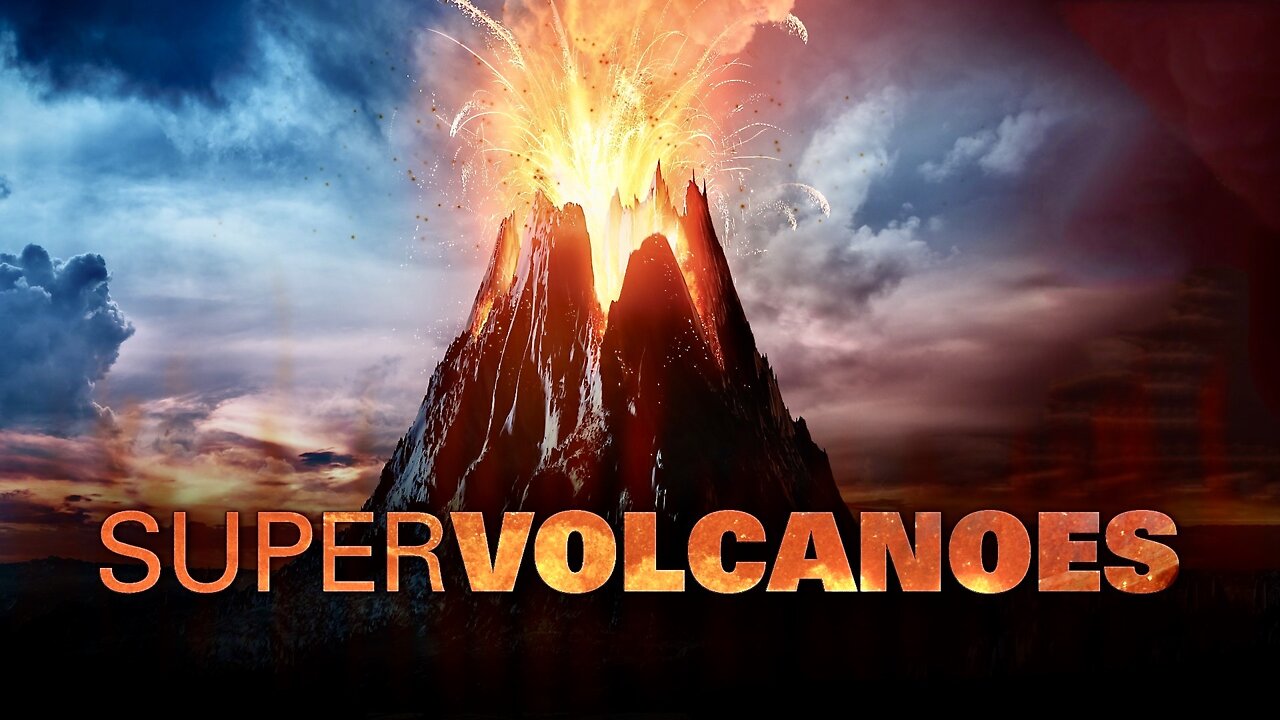
Super Volcanos - Civilization Destroyers - Full Documentary
Supervolcanoes are like the supervillains of the geologic world, as stories of their looming threat grow ever more exaggerated. Though massive eruptions do pose real dangers, misconceptions about them abound. According to the United States Geological Survey, a volcano is considered “super” if it has had at least one explosion that released more than 240 cubic miles of material—a little more than twice the volume of Lake Erie. That places it at a magnitude of eight, the highest ranking on the Volcanic Explosivity Index, or VEI, which is used to measure the explosiveness of an eruption.
These are very large eruptions, the impacts of which would be widespread—from avalanches of hot rock and gasses racing down the volcano's flanks to global changes in climate. But there's an important caveat about supervolcanoes that most people commonly overlook: Just because a volcano has had a super-eruption once or even twice in its past doesn't mean its future eruptions will be just as big.
Yellowstone is now perhaps the most famous of the world's volcanoes that have produced VEI 8 eruptions. This geologic superstar has had at least three very large eruptions in its history: Two are super-eruptions that were VEI 8 (some 2.1 million and 640,000 years ago), and one eruption 1.3 million years ago was VEI 7, producing around 67 cubic miles of material.
There are many supervolcanoes around the world other than Yellowstone, including California's Long Valley, Japan's Aira Caldera, Indonesia's Toba, and New Zealand's Taupo. This latter supervolcano is the last to have ever released a super-eruption, which burst free some 26,500 years ago.
Several volcanoes are commonly called “supervolcanoes” but their eruptions haven't quite earned them this super status. Take Krakatau's 1883 eruption for example. The explosions were so loud, they could be heard nearly 3,000 miles away on Rodriguez Island, and they triggered towering tsunami waves that killed more than 36,000 people. Still, even that beast rated at VEI 6.
A volcano doesn't need to have a super-eruption to be dangerous; if people are nearby as it explodes, even small eruptions pose many hazards. That said, not all volcanic eruptions are dangerous. If an eruption takes place far from populations and flight paths, no one may even notice that the peak burst its top.
#nationalgeographic
#history
#earth
-
 6:44
6:44
Seeker Land
26 days agoChina's New Deadly Drone Mothership - Jiu Tian - World's First Airborne UAV Launcher
66 -
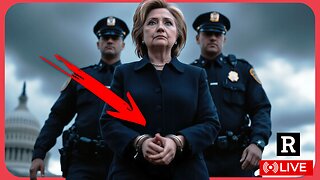 2:11:14
2:11:14
Redacted News
2 hours agoArrest Hillary Clinton!?! Here we go! | Redacted News Live
149K65 -
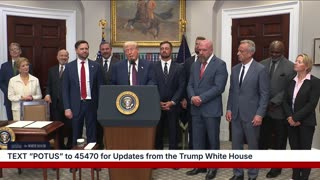 44:45
44:45
The White House
3 hours agoPresident Trump Signs an Executive Order, July 31, 2025
23.7K18 -
 1:18:29
1:18:29
Sarah Westall
2 hours ago“This Conversation Would Land Me in Prison in Ireland” - Its the Global Plan w/ Captain Kieran Kelly
5.22K2 -
 1:15:42
1:15:42
vivafrei
4 hours agoPelosi Doth Protest Too Much! "Trans" Athlete Plot to Harm Female? Crooked hillary Cooked & MORE
100K29 -
 1:42:17
1:42:17
The Quartering
5 hours agoHillary Clinton FINALLY BUSTED, Nancy Pelosi MELTDOWN, Kamala Harris Admits Defeat & More
131K77 -
 3:10:42
3:10:42
Barry Cunningham
10 hours agoMUST SEE: KAROLINE LEAVITT HOSTS WHITE HOUSE PRESS CONFERENCE ( AND MORE NEWS)
69.9K30 -
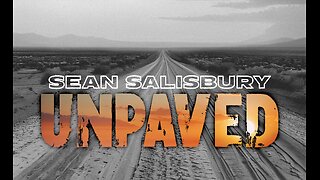 53:03
53:03
Sean Unpaved
6 hours agoSchlereth Unplugged: 3x Champ Talks TV, Football, & 2025 Season Expectations
56.2K1 -
 1:03:28
1:03:28
Russell Brand
6 hours agoCan You Really Take an Unbiased Look at Hitler? - SF624
163K155 -
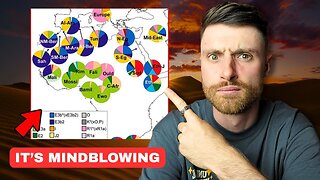 12:39
12:39
Michael Button
8 hours ago $2.07 earnedAn Entire Civilization Might Be Buried Under the Sahara
33.3K12